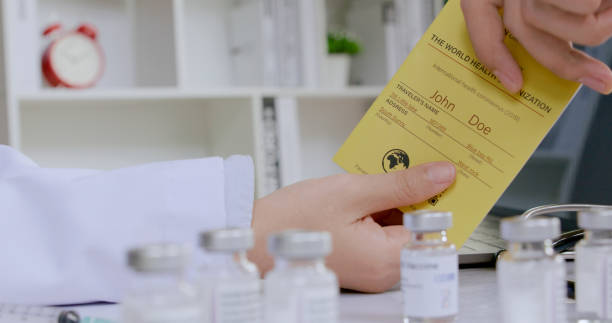Presentation:
Clinical research assumes a significant part in propelling clinical information and working on quiet consideration. As innovation keeps on advancing, the volume and intricacy of data produced in clinical preliminaries have expanded dramatically. In this specific situation, compelling clinical research data management (CRDM) is fundamental for guaranteeing the respectability, quality, and security of data all through the research cycle. This article investigates the meaning of CRDM and its job in upgrading the proficiency and unwavering quality of clinical research.
Significance of Clinical Research Data Management:
CRDM envelops a scope of exercises pointed toward gathering, putting away, coordinating, examining, and sharing data got during clinical preliminaries. Legitimate management of research data is essential because of multiple factors:
Data Trustworthiness: Keeping up with the respectability of research data is fundamental for guaranteeing the unwavering quality and legitimacy of study discoveries. CRDM rehearses, for example, data approval and quality control measures, assist with forestalling mistakes and errors that could think twice about respectability of study results.
Administrative Consistence: Administrative bodies, like the Food and Medication Organization (FDA) and the European Drugs Organization (EMA), have severe rules administering the assortment, management, and detailing of clinical preliminary data. Complying with these guidelines is imperative for acquiring administrative endorsement for new medications and clinical gadgets.
Patient Security: Clinical preliminaries include human members, and their security and prosperity are of most extreme significance. Compelling CRDM rehearses help screen and track unfavorable occasions, guaranteeing ideal intercession and insurance of patient wellbeing.
Data Sharing and Straightforwardness: Progressively, there is a push for more prominent straightforwardness and data partaking in clinical research. Appropriate data management works with the sharing of research data with different researchers, advancing cooperation and speeding up logical advancement.
Key Parts of Clinical Research Data Management:
Fruitful CRDM depends on a few key parts:
Data Assortment: This includes catching data from different sources, for example, electronic wellbeing records, patient-announced results, and research center tests. Normalized data assortment structures and electronic data catch (EDC) frameworks are frequently used to smooth out this cycle.
Data Capacity and Security: Research data should be put away safely to forestall unapproved access, misfortune, or debasement. Cloud-based stages and secure servers with encryption and access controls are generally utilized to guarantee data security.
Data Cleaning and Quality Control: Data cleaning includes distinguishing and amending blunders or irregularities in the gathered data. Quality control measures, for example, twofold data passage and normal reviews, assist with keeping up with data precision and honesty.
Data Examination: When the data is gathered and cleaned, measurable investigation is performed to infer significant experiences and make determinations from the review discoveries. High level factual programming and data representation instruments are frequently used for this reason.
Data Sharing and Detailing: Research discoveries are regularly dispersed through logical distributions, introductions, and administrative entries. Data sharing stages and stores work with the sharing of research data with the more extensive academic local area.
Difficulties and Future Headings:
Regardless of its significance, CRDM faces a few difficulties, including data interoperability issues, asset imperatives, and data security concerns. Tending to these difficulties requires continuous cooperation among researchers, financing offices, and administrative bodies.
Looking forward, arising advances like computerized reasoning (simulated intelligence) and blockchain hold guarantee for upsetting CRDM via mechanizing data management undertakings, upgrading data security, and empowering constant data investigation. Besides, drives like the FAIR (Findable, Available, Interoperable, and Reusable) data standards mean to advance more noteworthy normalization and interoperability of research data, working with data sharing and reuse across studies.
End:
Viable clinical research data management is fundamental for guaranteeing the uprightness, quality, and security of data in clinical preliminaries. By carrying out strong CRDM rehearses, researchers can upgrade the proficiency and dependability of their investigations, eventually propelling clinical information and working on understanding consideration. As innovation keeps on developing, continuous advancement and coordinated effort will be critical to defeating difficulties and understanding the maximum capacity of CRDM in molding the eventual fate of clinical research.


